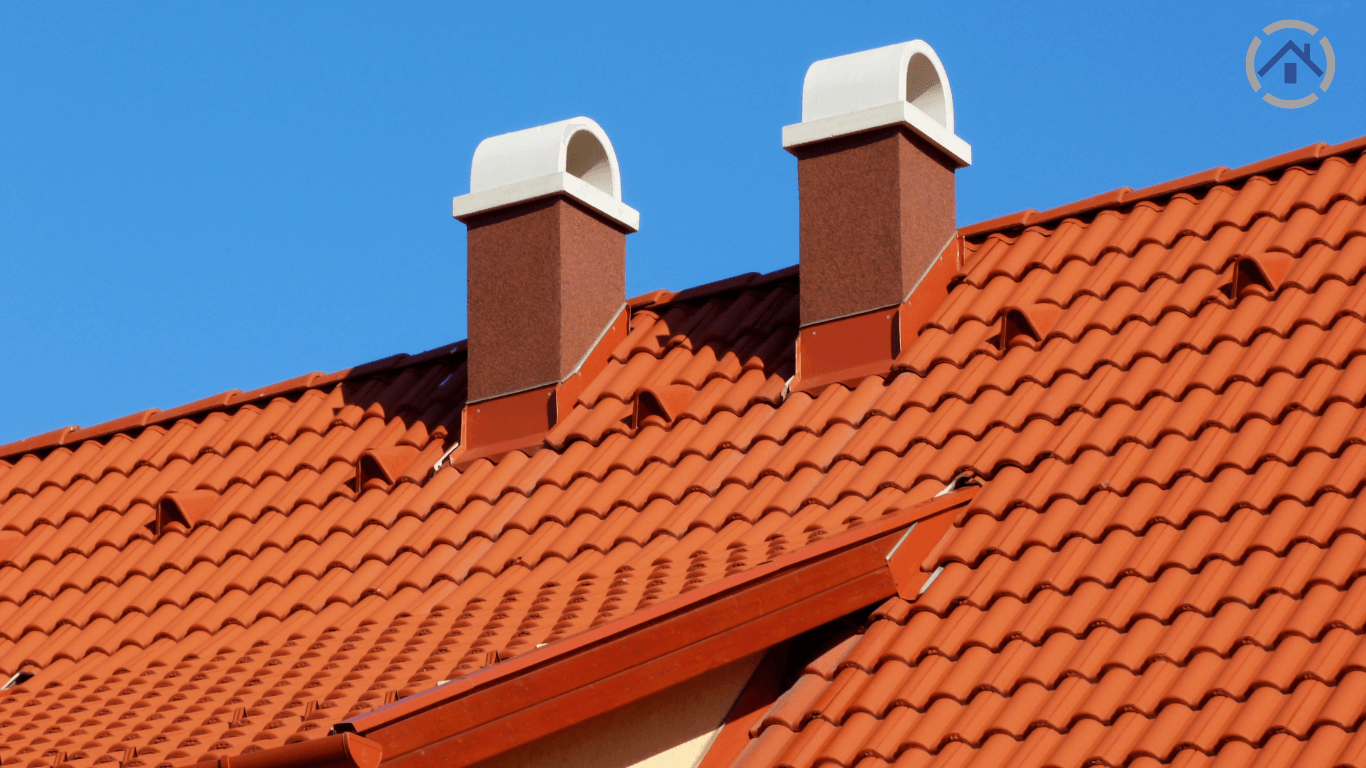
A chimney is typically regarded as a sturdy structure, built with durable materials like bricks, stones, and mortar. However, precipitation poses a significant threat to its integrity. Water infiltration into the chimney can lead to various issues, ranging from minor to severe. To mitigate potential problems, it's advisable to schedule an annual chimney inspection. Detecting any damage early allows for timely repairs before they escalate. During these inspections, professionals assess for signs of water damage and identify the root cause of any issues. One primary area of focus is the chimney cap.
A chimney cap is positioned atop the chimney, just above the chimney crown, serving multiple functions, one of which is to prevent rain from entering. Your chimney includes a flue, a passage that allows smoke and its associated chemicals to exit your home. As this flue remains open, it acts as a conduit for rainwater and other precipitation. The chimney cap is installed over this opening, effectively blocking the entry of precipitation.
This preventative measure is crucial as rainwater inside the chimney can lead to internal structural deterioration, such as erosion of mortar and bricks. Additionally, it can cause various other damages, including rusting of dampers, weakening of fireplace walls and ceiling, firebox damage, or flue cracking. Given these potential consequences, the chimney cap emerges as a vital component of the chimney system. Beyond keeping water out, the chimney cap also contains sparks and embers, reducing the risk of a roof fire and thereby safeguarding your home.
A chimney cap, situated atop the chimney just above the chimney crown, serves multiple crucial functions. Its primary purpose is to prevent rain and other forms of precipitation from infiltrating the chimney. This is vital because water within the chimney can lead to internal structural deterioration, corrode dampers, weaken surrounding walls and ceilings, damage the firebox, and even cause flue cracks by eroding mortar and bricks.
Chimney caps fulfill their function by covering the opening of the chimney pipe, which is the passage through which smoke and accompanying chemicals exit the home during fireplace use. By effectively sealing this open channel, chimney caps block the entry of rain, sleet, snow, and hail, thereby protecting the pipe and preventing potential damage. Additionally, chimney caps act as a barrier against small animals and birds, preventing them from entering the chimney and potentially creating hazardous blockages or nesting within.
Furthermore, by confining sparks and embers within the chimney, chimney caps mitigate the risk of roof fires, enhancing overall safety within the home.
There is a wide array of chimney caps available, offering options to suit various needs, whether you're renovating your chimney or replacing a damaged cap.
Here are five types of chimney caps and their unique benefits:
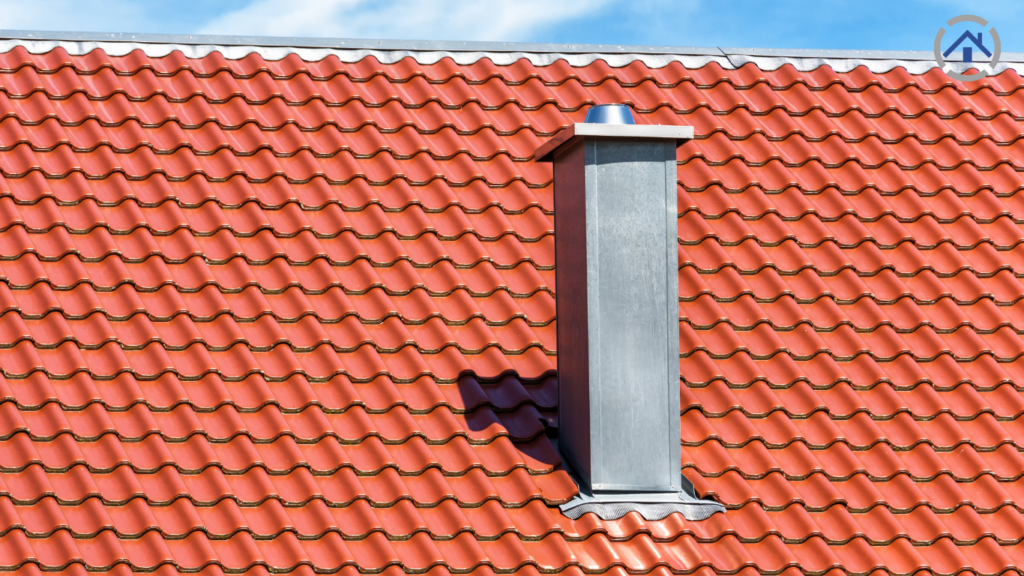
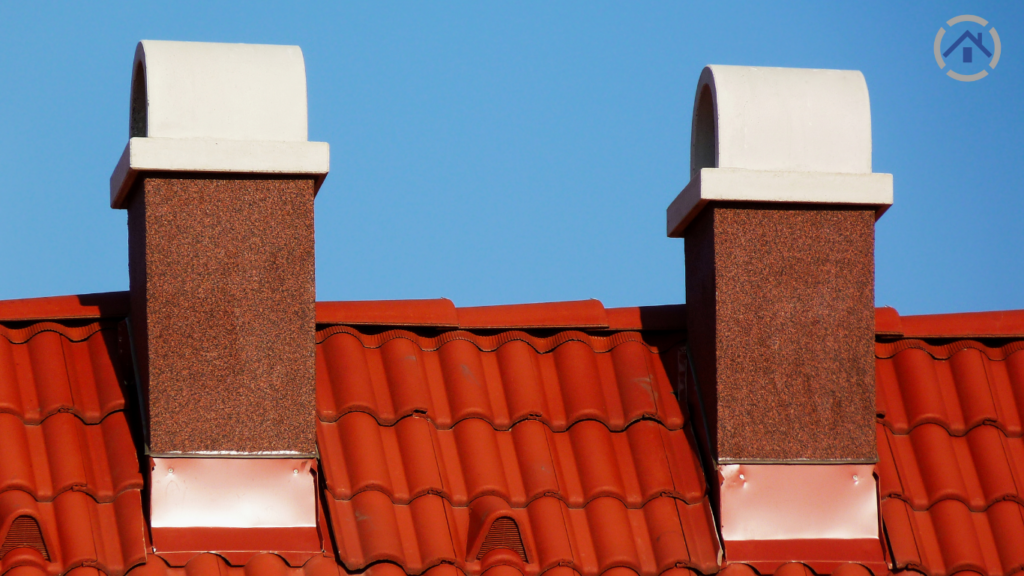
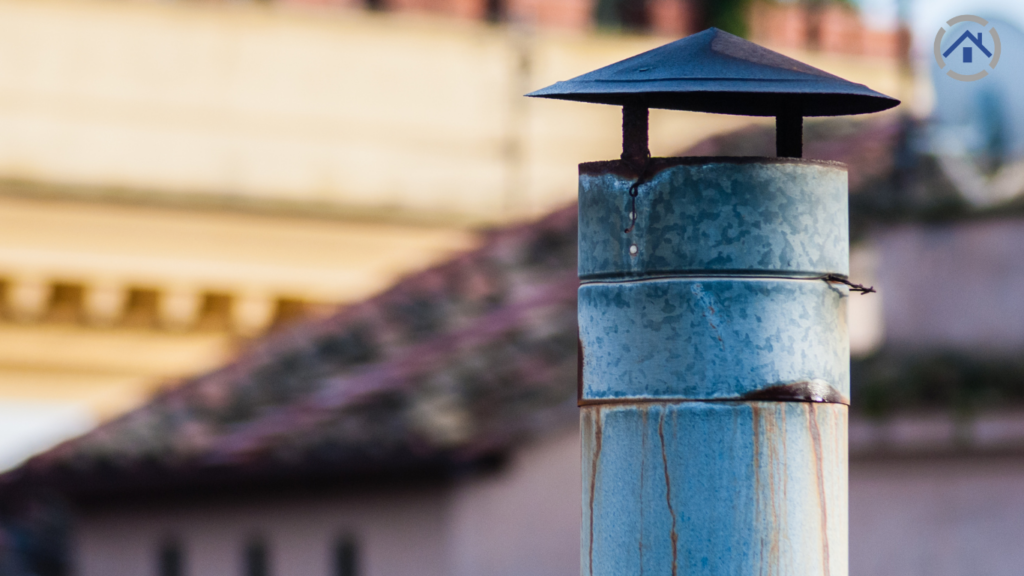
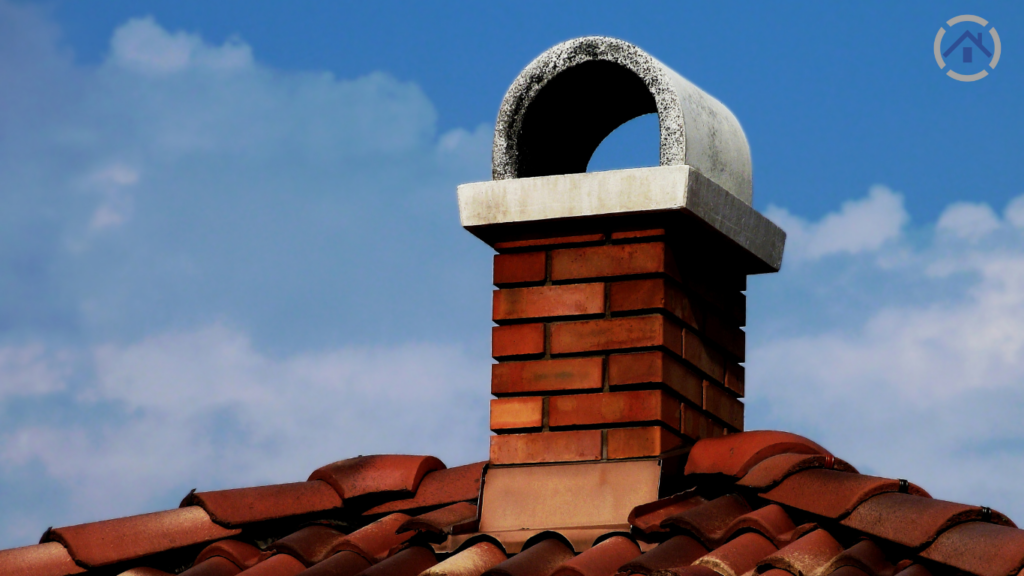
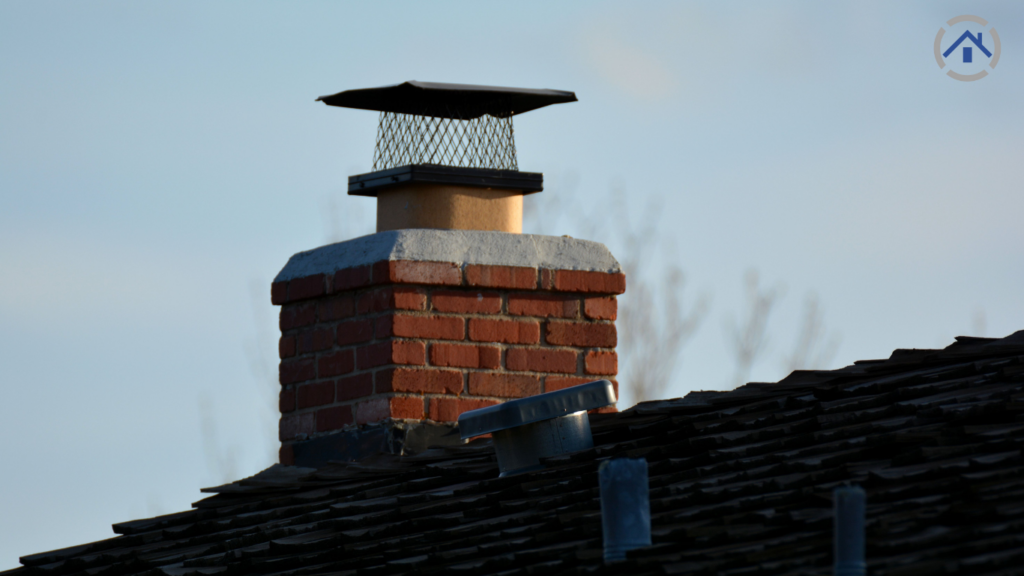
Determining the most appropriate chimney cap style for your home involves considering factors such as chimney location, type of heating unit, and local weather patterns. Consulting a chimney professional can provide personalized guidance to help you select the ideal chimney cap for your specific needs.
The lifespan of a chimney cap generally ranges from three to 25 years, contingent upon factors such as the material used and the climate it's exposed to. Undertaking minor repairs when necessary can help prolong its longevity. However, it's important to note that harsh weather conditions in certain areas may shorten the lifespan of a chimney cap, regardless of maintenance efforts.
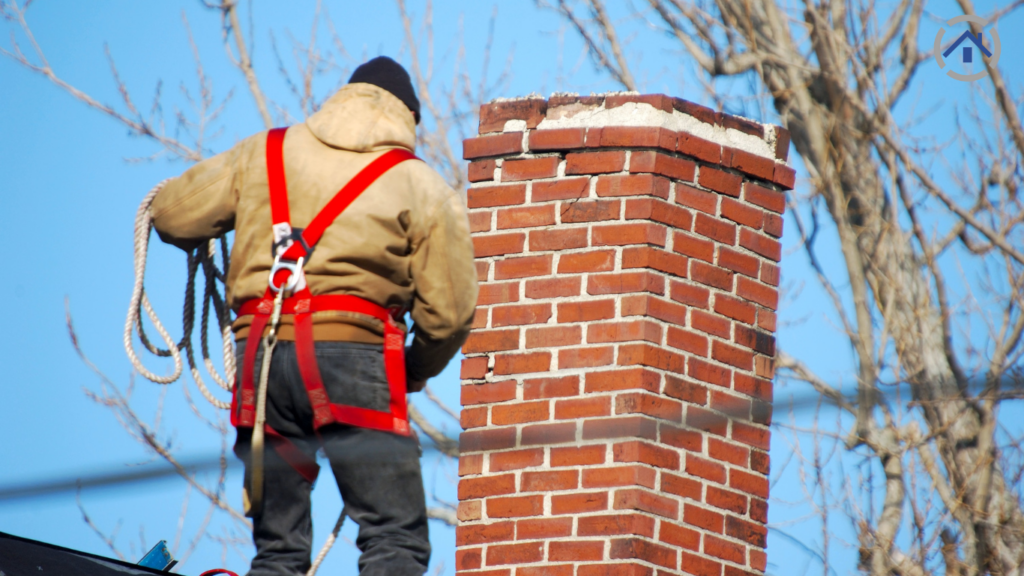
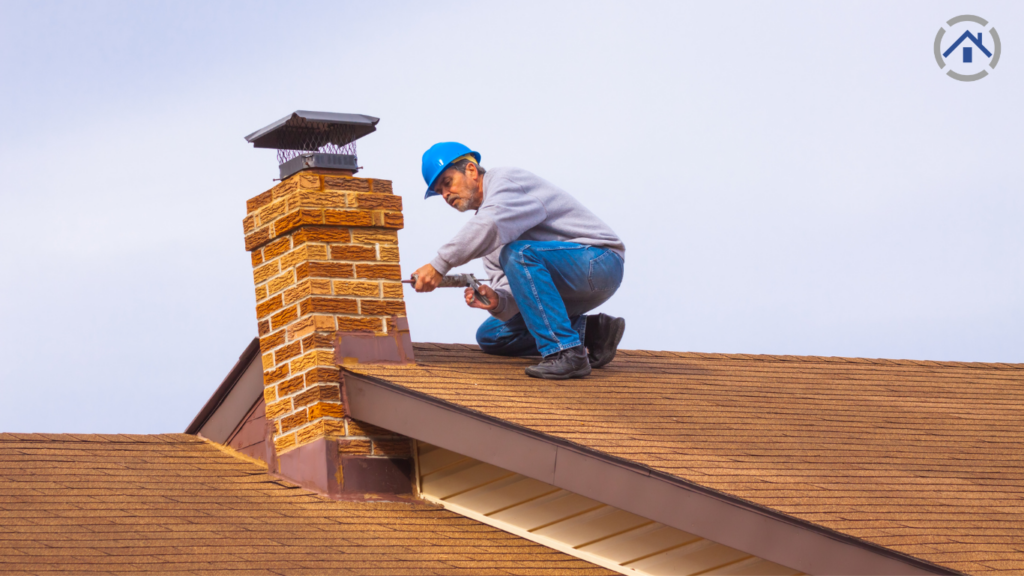
Conclusion
The chimney cap plays a crucial role in protecting your chimney and home from various potential hazards. By preventing rain, debris, animals, and sparks from entering the chimney, it helps maintain the structural integrity of the chimney, reduces the risk of damage and blockages, and enhances overall safety.
Given its importance, it's advisable to seek professional guidance to ensure the selection, installation, and maintenance of the chimney cap are done correctly. This proactive approach can help safeguard your home effectively and prolong the lifespan of your chimney cap, providing peace of mind for years to come.